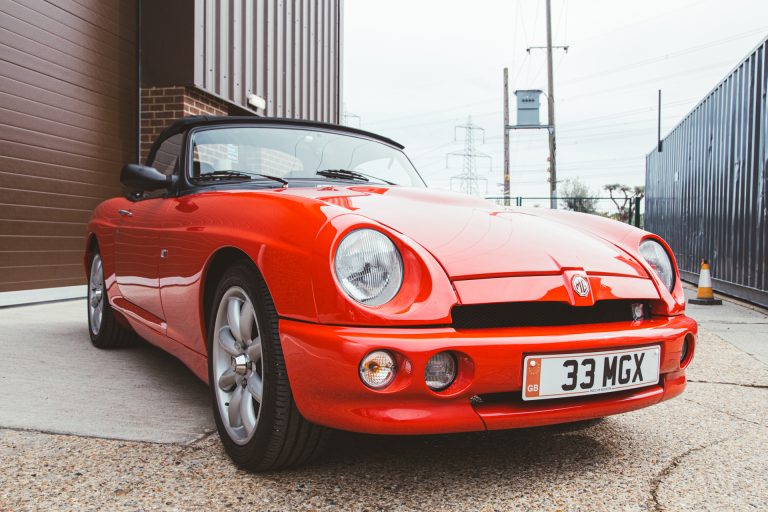
Another New Arrival
One more arrival has made its way into the Bridge Classic Cars workshop in the form of our 1996 MG R V8. Originally finished in


One more arrival has made its way into the Bridge Classic Cars workshop in the form of our 1996 MG R V8. Originally finished in
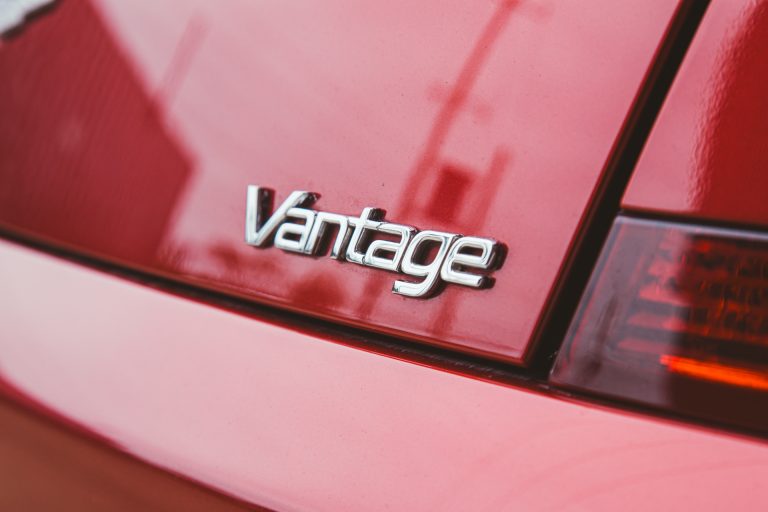
Earlier today, we welcomed a new addition to the Bridge Classic Cars workshop in the form of our 2007 Aston Martin V8 Vantage. The plan

One of the purchases made at auction this week was our 1953 Land Rover Series 1. Once it has gone through its workshop inspection, it

At the recent 30th Anniversary sale hosted by H&H, a very special and unique vehicle was up for sale. The 1950 (1961) Aston Martin-Triumph DB1
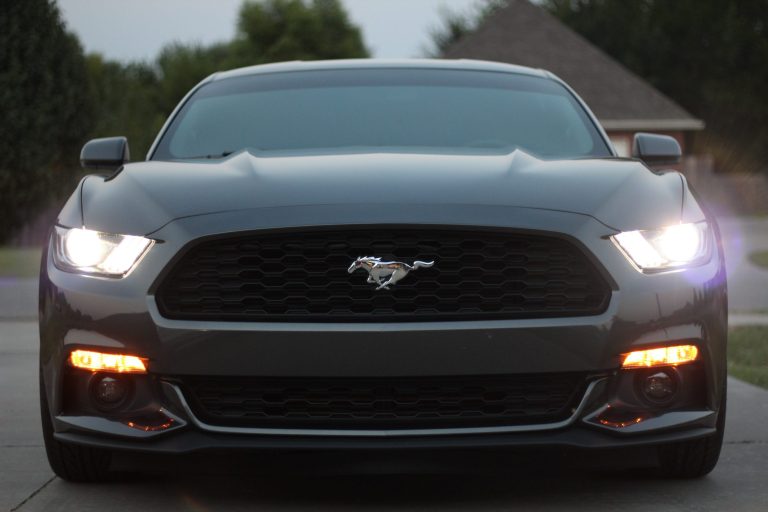
The Ford Mustang has become something of an icon. With a consistent presence throughout automotive history, it has now taken its rightful place as a
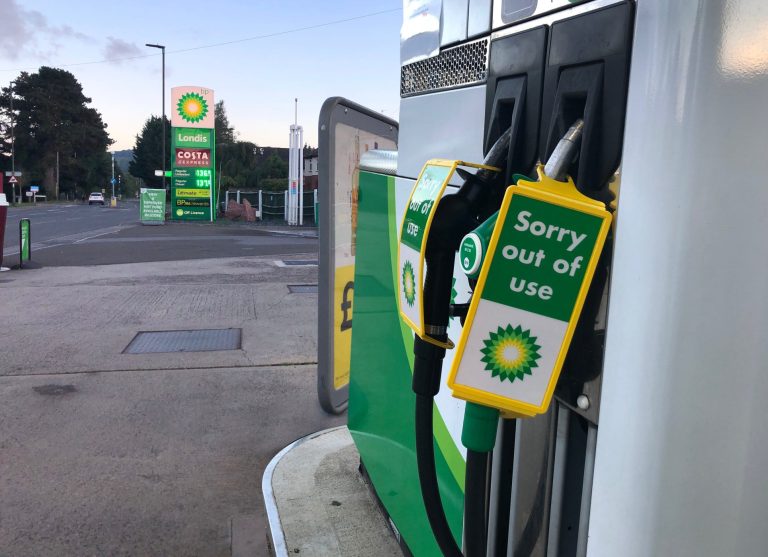
It was announced last night, by Prime Minister Rishi Sunak, that the introduction of a ban on the sale of new petrol and diesel cars
One more arrival has made its way into the Bridge Classic Cars workshop in the form of our 1996 MG R V8.
Originally finished in Woodcote Green, it spent the first part of its life in Japan before coming back to the UK in 2010 and being repainted in the rare Flame Red.
This is yet another future competition car that will be won through Bridge Classic Cars Competitions in the very near future.
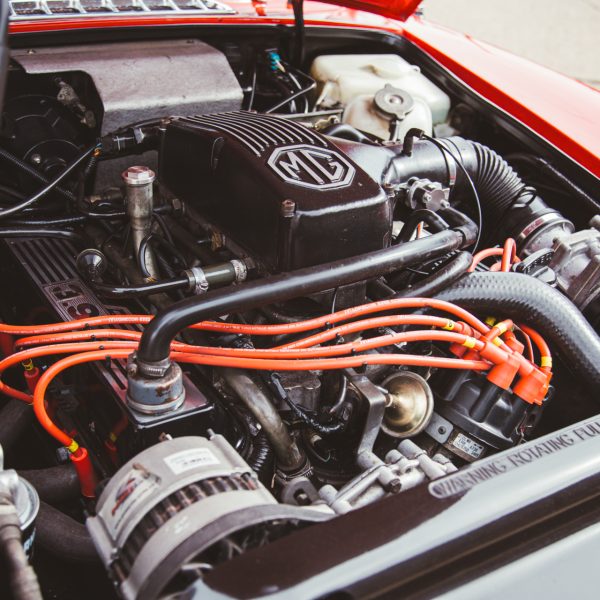
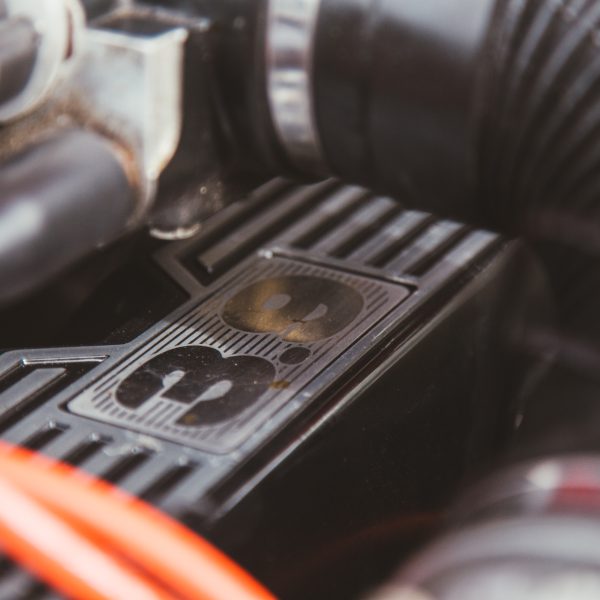
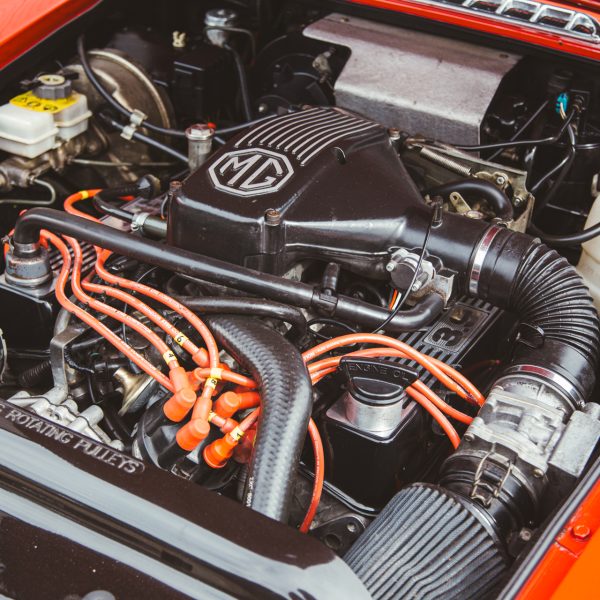
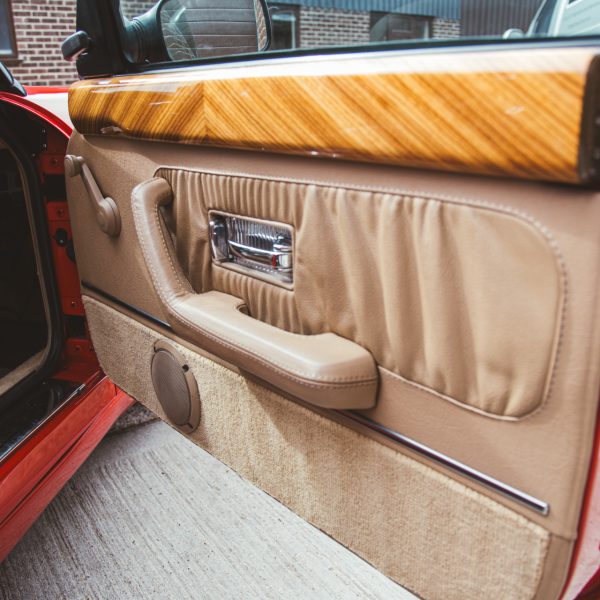
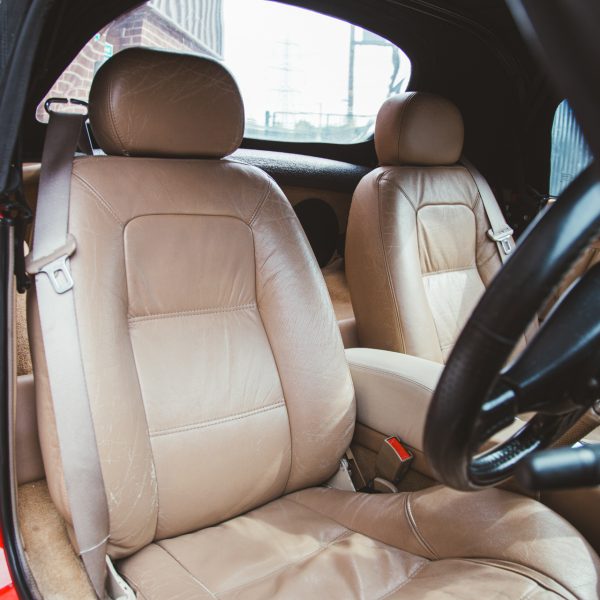
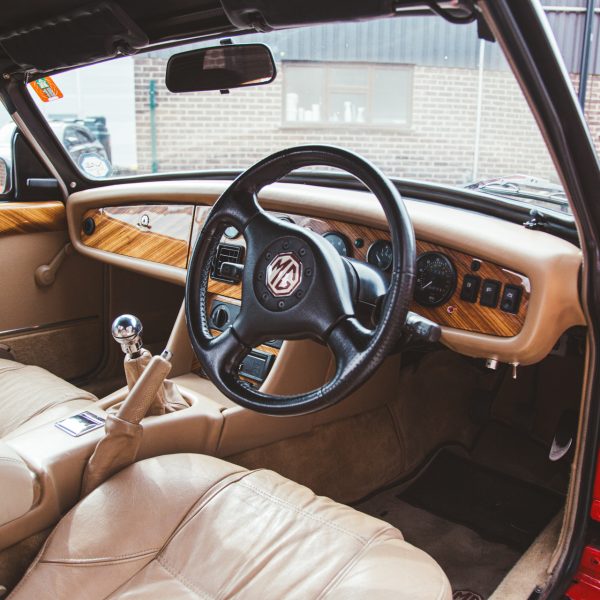

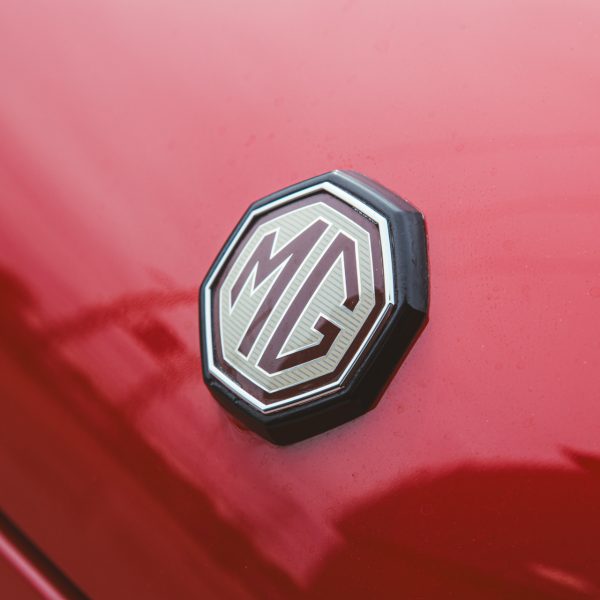
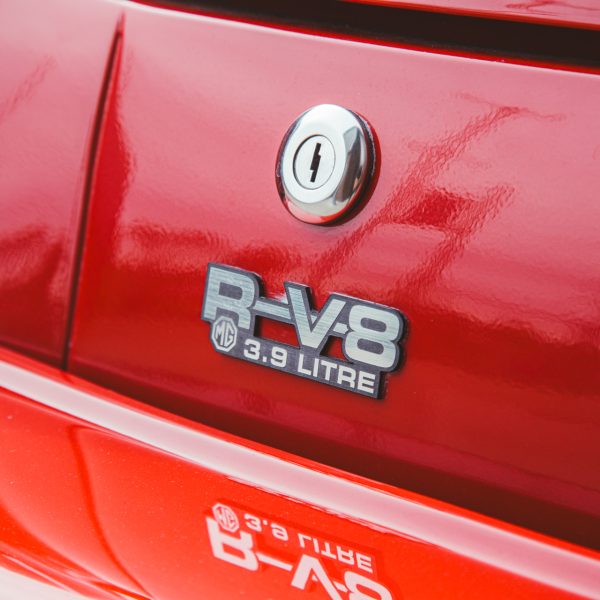

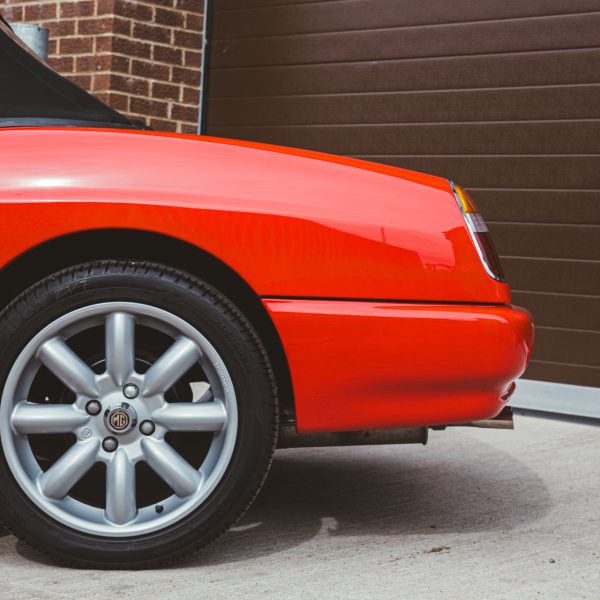
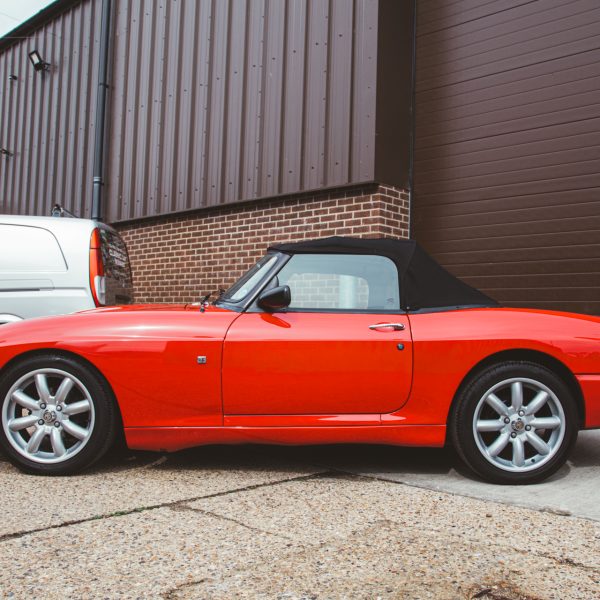
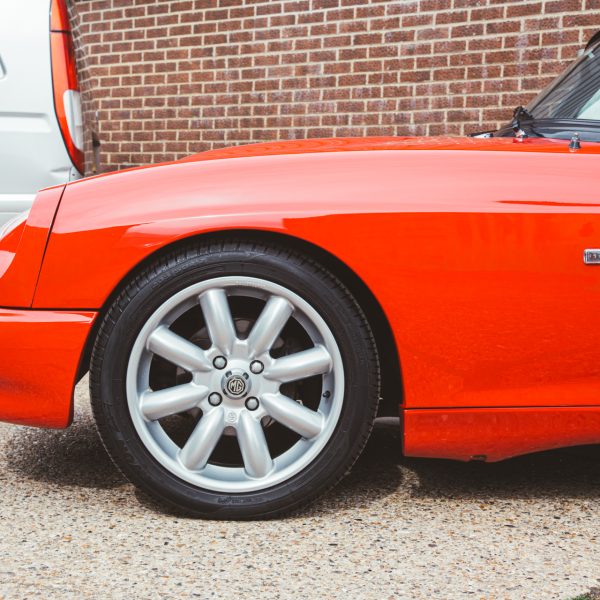

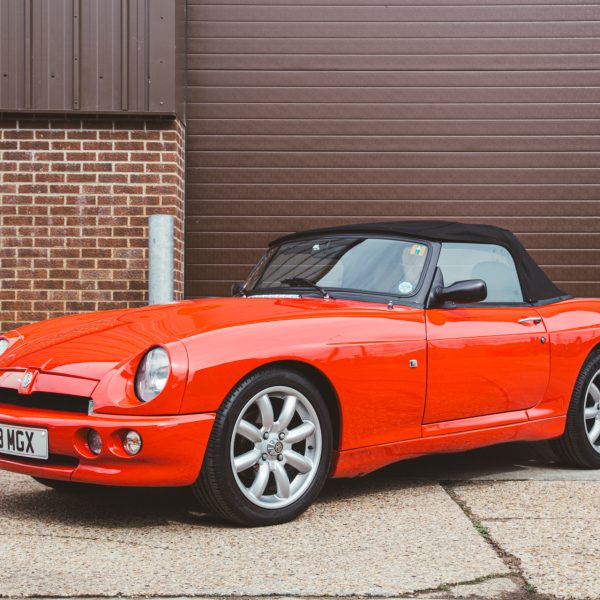
Earlier today, we welcomed a new addition to the Bridge Classic Cars workshop in the form of our 2007 Aston Martin V8 Vantage.
The plan is for it to soon be available to win through Bridge Classic Cars Competitions and, from first impressions, it will likely be extremely popular.




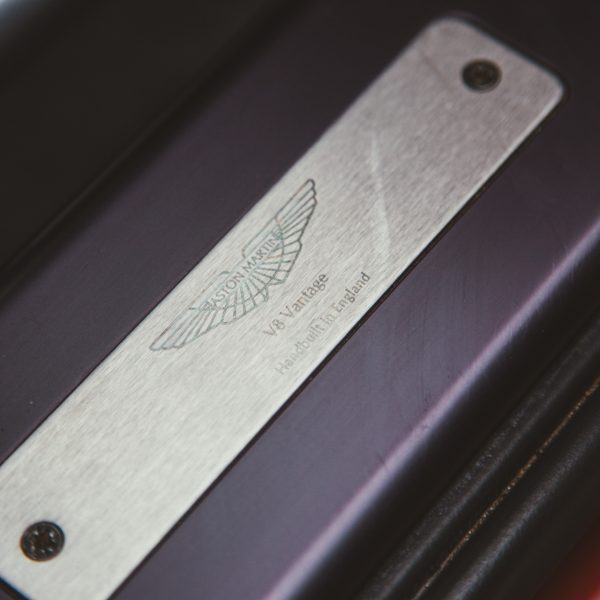


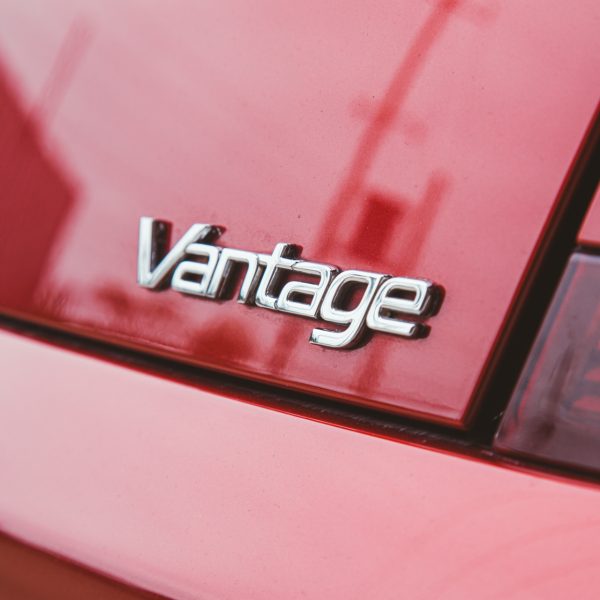


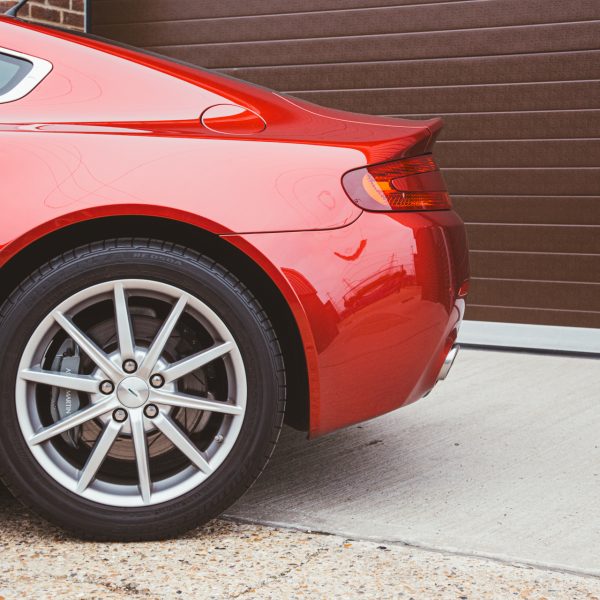




One of the purchases made at auction this week was our 1953 Land Rover Series 1. Once it has gone through its workshop inspection, it will go on to be offered as a prize through Bridge Classic Cars Competitions.
This particular Series I 86’’ is presented in the ever-popular Green and was subject to a full restoration between June 2016 and July 2017. It was restored by Fisher Restoration at a cost of more than £30,000.
As you can see from the images below, this is a fantastic-looking Land Rover and it will make its lucky new owner (whoever that may be) very happy.
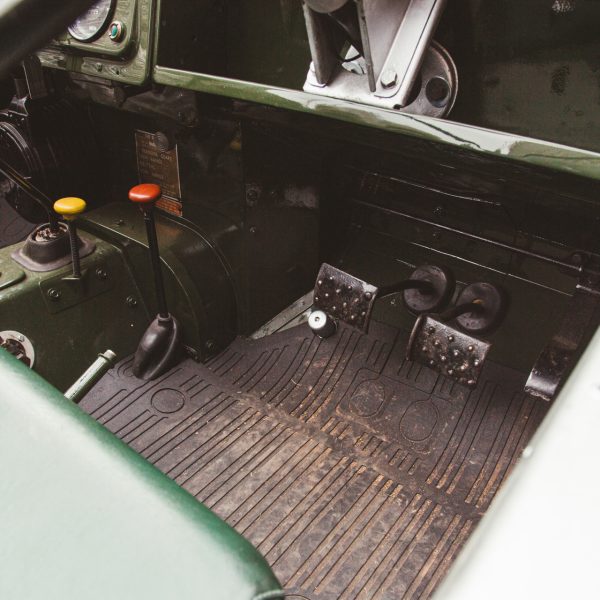



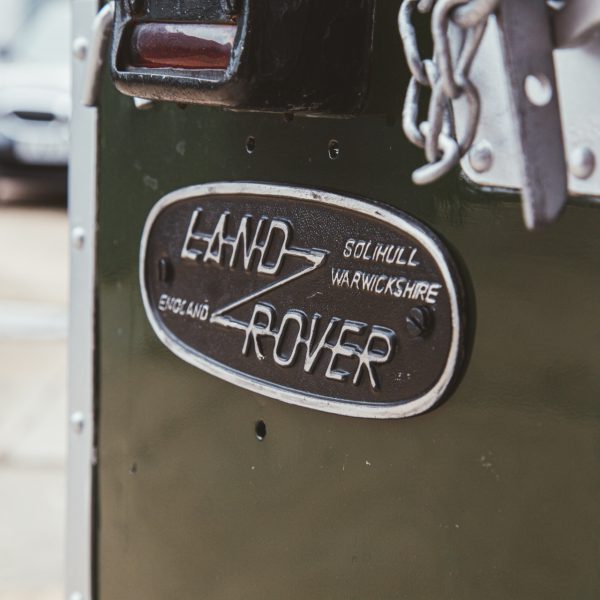











At the recent 30th Anniversary sale hosted by H&H, a very special and unique vehicle was up for sale. The 1950 (1961) Aston Martin-Triumph DB1 Special.
The roots of the story can be traced back to World War II when the Aston Martin Company was under the ownership of R.G. Sutherland. Just before the war began, the company’s chief engineer devised a 2-litre (1970cc) 4-cylinder pushrod engine, which boasted a 90 BHP output. Dr Rollason, the current owner of the vehicle, suspects that there might have been intentions to supercharge it. Following the war, production commenced, leading to the casting of approximately 70 engine blocks and the construction of 18 cars. One of these cars, driven by Sir John Horsfall, secured Britain’s first significant post-war motorsport victory at Spa in 1948.
At the same time, the company came under the ownership of David Brown, who subsequently acquired the Lagonda company. This acquisition led to the introduction of a 6-cylinder twin overhead camshaft engine that had been designed by W.O. Bentley. This 2590cc engine produced 105 BHP at 5000 RPM in standard form and 120 BHP in “Vantage” form. These engines went on to power future Aston Martin models, which later became known as the DB2. Interestingly, the initial 18 cars were retrospectively designated as DB1s, despite their design predating David Brown’s involvement.
While many of the engine blocks were assembled into engines, others served as parts cars for pre-war 2-litre models during servicing. Some were incorporated into some very interesting variants, but a considerable number of blocks remained untouched before eventually finding their way to a local scrap dealer named Coleys.
The engine in this vehicle, number 19, came into the possession of Aston Martin expert Dudley Coram, who later passed it on to Tony Hills, a member of the Aston factory team. This engine was installed in Mr. Hill’s 1934 Triumph Gloria. This happened with assistance from a young apprentice called Tony Tocock. During the early 1950s, the car was rumoured to have even served as a daily commuter to the factory. After Mr. Hill’s ownership, the location of the car is something of a mystery.
Around 1960, the vehicle was acquired by Mr. K.P. Brewer of Thorpe Leas, Egham Surrey. The original bodywork (from the Gloria) was replaced with the body that is still on the car – made from aluminium and steel. After this transformation, Surrey County Council assigned a new chassis number (SYC 91-4/2264) and the registration number 788 VPG to the vehicle, which had originally been registered as AUB 485. The body, which had been repaired following an accident, is attached to a modified tubular frame. The bonnet currently on the car has clearly been replaced and is lacking in quality compared to the rest of the vehicle. The steel roof was from an Austin A35, with the rest being hand-finished.



Designer Frank Gerald Feeley was a member of Sir David Brown’s Lagonda team and had a role in the design of this new generation of Aston Martins (the 6-cylinder engine DB2 onwards) after R.G. Sutherland sold Aston Martin Ltd. It is very possible that this body was actually one of Feeley’s design practices that may have been damaged during the testing process before being repaired and fitted onto the Aston Martin/Triumph Gloria crossbreed.
Originally, in its Triumph Gloria form, the car passed an MOT in March 1961, likely one of the earliest MOTs on record. Officially, it was registered as an Aston Martin on June 22, 1961, but the subsequent ownership history remains somewhat elusive. Notably, AMOC racer Shaun Magee had possession of the car at one point, using it as a source of emergency spare parts for his DB1. Magee has said that the front seats of the car were originally in a DBR racer.
In 1997, the current owner purchased the car from David Wynne of Wimborne Dorset. The actual transfer of ownership took place in Poole though. The car was sent to a friend for restoration, but unfortunately, the project stalled due to the friend’s illness. The car was then retrieved to its current location, where it has remained in project form ever since. At the time, the engine was operational, and although the car is nearly complete, it is in need of restoration. The possibilities include rebodying it as a super tourer or retaining its unique saloon style, but this certainly presents an exciting opportunity for a collector or enthusiast looking to acquire what could be considered an “after-hours factory car,” with major historical significance.
The vehicle was sold with a comprehensive history file containing a vast collection of invoices dating back to 1961, communications with Surrey County Council regarding its registration, numerous exchanges with Aston Martin concerning its origin, and the fascinating story behind its build, among other valuable records.

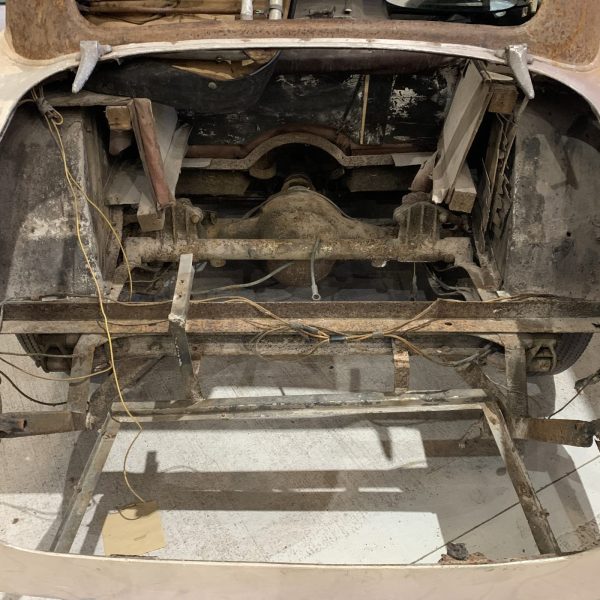
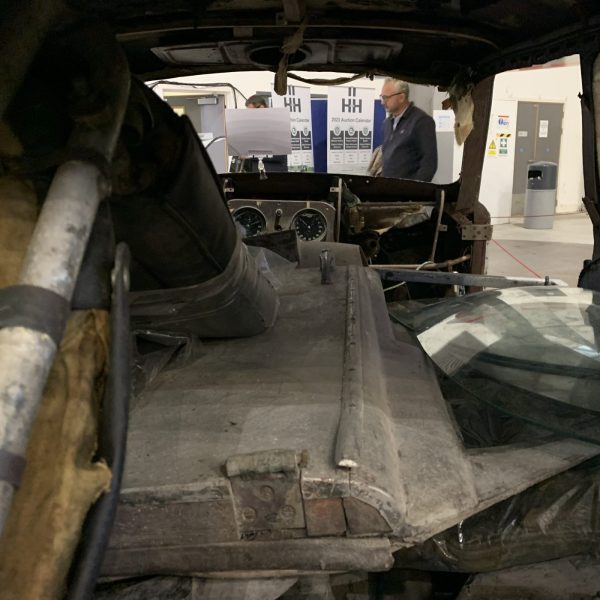

The Ford Mustang has become something of an icon. With a consistent presence throughout automotive history, it has now taken its rightful place as a legend of American muscle and performance.
The story of the Ford Mustang began in April 1964, when Ford introduced it at the New York World’s Fair.
The original Mustang GT model was based on this first-generation Ford Mustang. This was a compact, sporty car designed to appeal to a new generation of consumers. The GT, short for “Grand Touring,” was an optional performance package that included a powerful V8 engine, sport-tuned suspension, and distinctive styling.
One of the most iconic early Mustang GTs was the 1965 Shelby GT350, a collaboration between Ford and Carroll Shelby. With a 289-cubic-inch V8 engine, it set the stage for the Mustang GT’s reputation as a performance powerhouse.



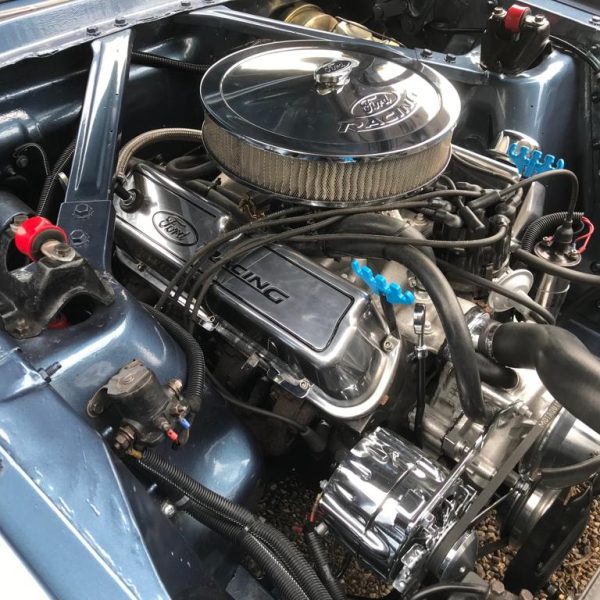
The 1970s saw the Mustang GT facing challenges due to changing emission regulations and the oil crisis. However, despite these setbacks, it remained a prominent display of American automotive muscle. In the late ’70s, the Mustang II was introduced, which was smaller and lighter but not as powerful as its predecessors.
The 1980s breathed new life into the Mustang with the introduction of the Fox Body Mustang. With options for both 4-cylinder and V8 engines, it offered performance at an affordable price.
The 1990s brought about the fourth-generation Mustang, known for its modern styling and improved handling. It featured a 5-litre V8 which produced 215bhp.


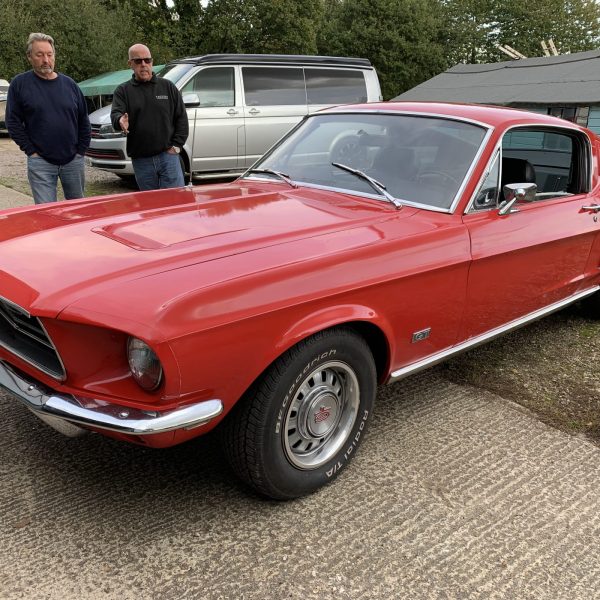

In 2005, Ford unleashed the fifth-generation Mustang, signalling a return to the car’s roots as a high-performance machine. With a retro-inspired design and a 4.6-litre V8 engine producing 300bhp, it quickly gained popularity. The 2011 Mustang GT upped the ante even more with a new 5-litre V8 which delivered 412bhp, making it one of the most powerful Mustangs in years.
The sixth-generation Mustang GT, introduced in 2015, featured a sleeker, more aerodynamic design and a 5-litre V8 engine with 435bhp. Ford continued to refine the Mustang GT’s performance and handling, making it a highly successful competitor in the sports car market.
In 2020, Ford unveiled the latest version of the Mustang GT, part of the seventh generation. With a choice of engines, including a 5-litre V8 and a 2.3-litre turbocharged four-cylinder, the Mustang GT offers a range of performance options to suit different tastes. The GT’s performance has been further enhanced with features like MagneRide suspension and advanced driver assistance technologies.

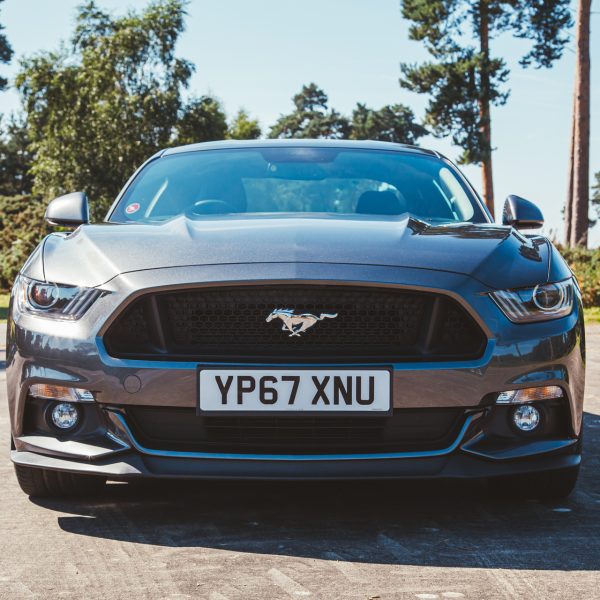

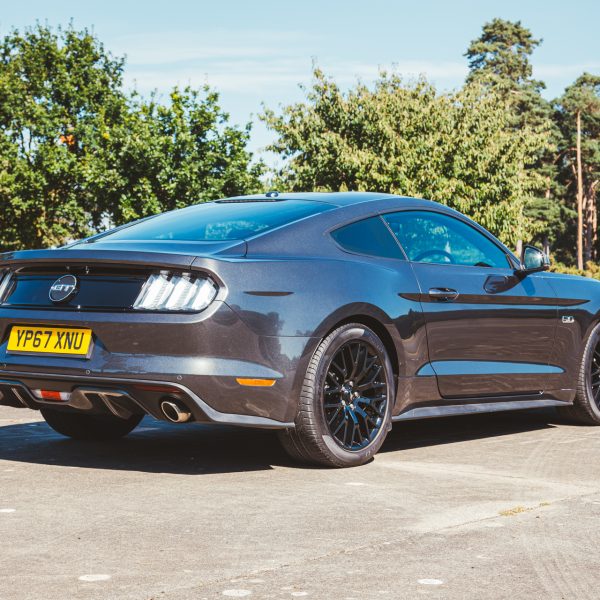
The future of the automotive industry is far from clear, however, the Ford Mustang shows no signs of slowing down. With advancements in electric and hybrid technologies, Ford has introduced the Mustang Mach-E, an all-electric SUV that pays tribute to the Mustang’s legacy. The Mustang Mach-E GT, in particular, offers impressive performance and handling, showcasing Ford’s commitment to innovation and sustainability while staying true to its high-performance heritage.
From its launch in the 1960s to its status as an American automotive icon today, the Mustang GT has consistently represented power, performance, and passion on four wheels. With each new generation, the Mustang GT has evolved and adapted, proving that it can thrive in an ever-changing automotive industry.
Our 2017 Ford Mustang GT is currently live on the Bridge Classic Cars Competitions website. This means that you could own a big part of automotive history for just a few pounds.
Full details are here.
It was announced last night, by Prime Minister Rishi Sunak, that the introduction of a ban on the sale of new petrol and diesel cars has been pushed back five years, from 2030 to 2035.
The Prime Minister started his announcement by saying that the government is “completely committed” to hitting the net zero by 2050 target which former leader, Theresa May set in 2019. This means that, by 2050, the government expects the UK to not be adding any additional greenhouse gases to the atmosphere.
Mr Sunak went on to say “This country is proud to be a world leader in reaching net zero by 2050. But we simply won’t achieve it unless we change. We’ll now have a more pragmatic, proportionate, and realistic approach that eases the burdens on families.”
He then went on to say that, even though an electric car is sold every 60 seconds in the UK, the government believes that there are challenges to be overcome before they become the most common form of transport. These challenges include high costs, practicality, and a lack of infrastructure for charging the vehicles. It was for these reasons that he announced the introduction of the ban will be pushed back until 2035.
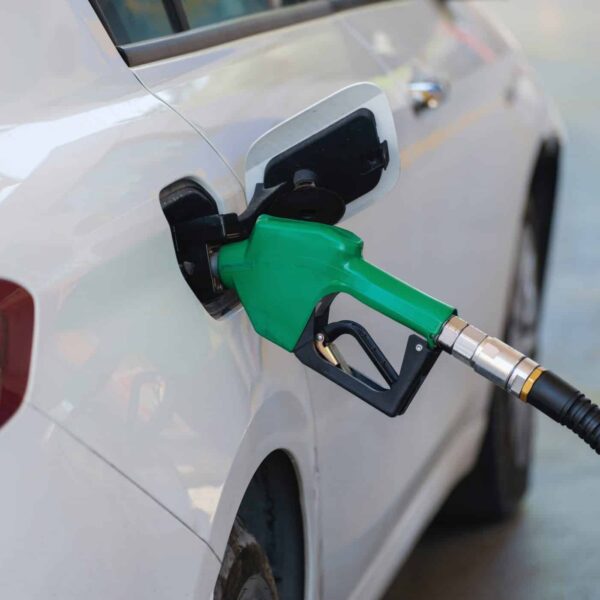

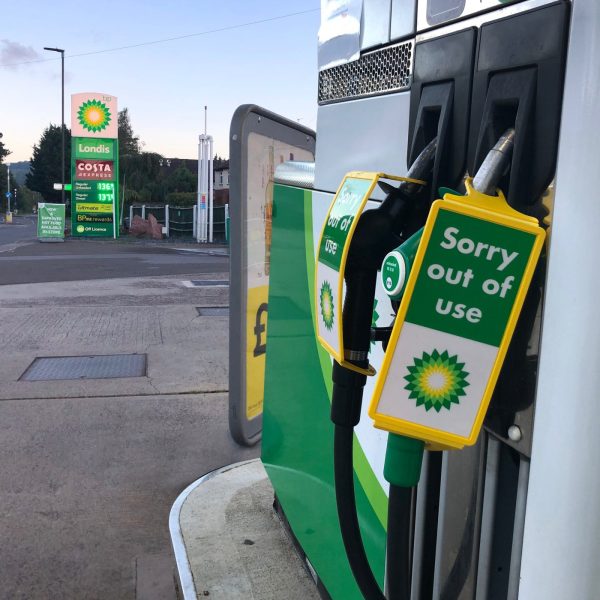

In August this year, electric vehicles were responsible for 20% of all new car registrations, with 17,243 new electric cars registered.
Up until the end of last month, there were close to 1.4 million plug-in cars registered for the road in the UK. Around 850,000 of these were full-electric vehicles and 530,000 were hybrids.
For the car manufacturers that have already spent huge amounts of money to transition over to electric cars, this delay is something of a disappointment.
As with most government announcements, it is unclear exactly what the result of this extension will be. However, there have already been several predictions.
The Climate Change Committee (CCC) advises the government on cutting carbon emissions. Earlier this year, the CCC said that the government’s progress towards its net zero commitments was “worryingly slow”. Despite acting as advisors, the CCC says it wasn’t consulted before the Prime Minister made his announcement.
The chair of Ford UK, Lisa Brankin, released a statement yesterday saying ” The UK 2030 target is a vital catalyst to accelerate Ford into a cleaner future. Our business needs three things from the UK government: ambition, commitment and consistency. A relaxation of 2030 would undermine all three.”
This follows Ford’s current investment of £430 million into its UK facilities with further investment planned to meet the initial 2030 date.
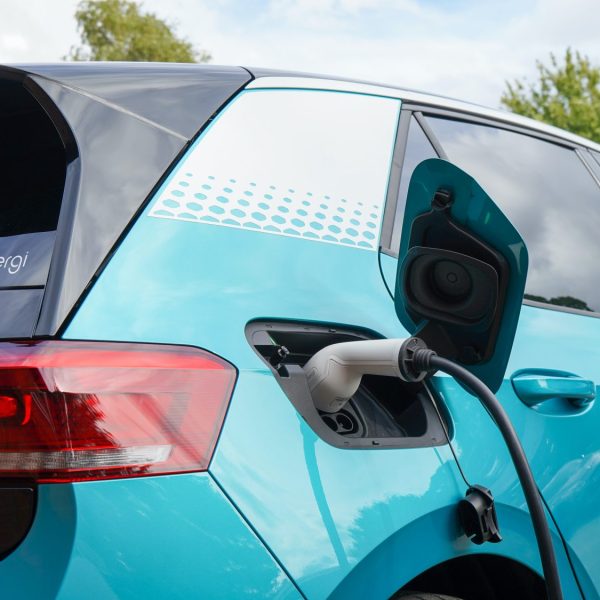
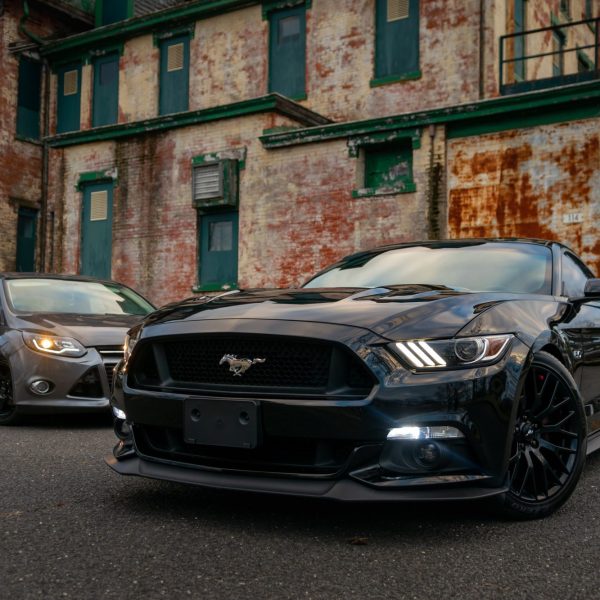

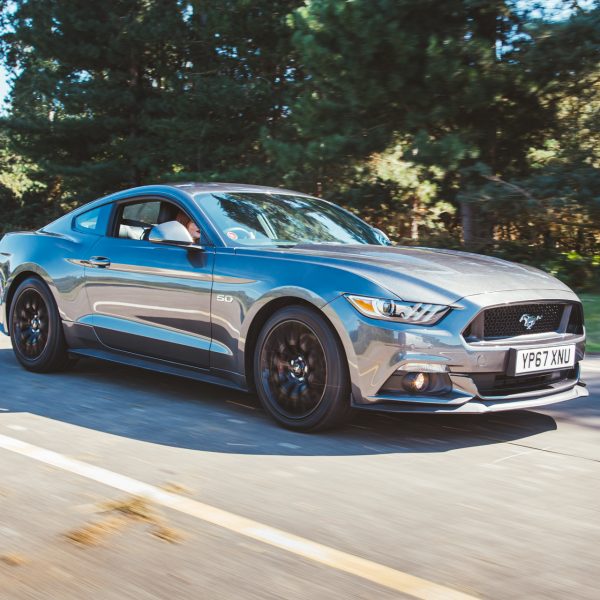
The plan to ban the sale of petrol and diesel vehicles will only impact brand-new vehicles (at least initially). Internal combustion-powered vehicles will still be able to be purchased used and the fuel will still be available long after the introduction of the ban. However, it seems feasible that, at some point, the government will ban this type of vehicle altogether.
This delay of five years certainly gives us more time to transition to an alternative fuel for our cars if nothing else.
It will be interesting to see the true impact of Rishi Sunak’s announcement in the next few years. It’s difficult to accurately guess how the automotive industry will look by the end of the next decade or two!
Great news the uk is certainly not ready for electric cars too expensive not enough charging points batteries have quite a short life then no safe way of disposing or recycling old battery packs
Bridge Classic Cars are award winning Classic Car Restoration and Maintenance specialists. Your pride and joy is in safe hands with our expert Classic Car Technicians. Take a look at our awards here.
We use cookies to deliver the best possible experience whilst visiting our website. By clicking "Accept All", you consent to our use of cookies, or you can manage your preferences by clicking the link below. You can manage your preferences at any time from out Cookie Policy page.
Leave a Reply